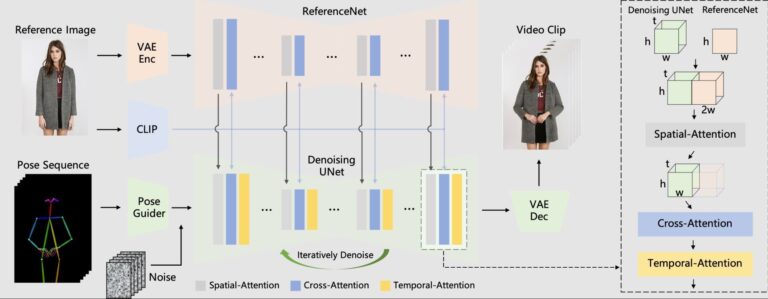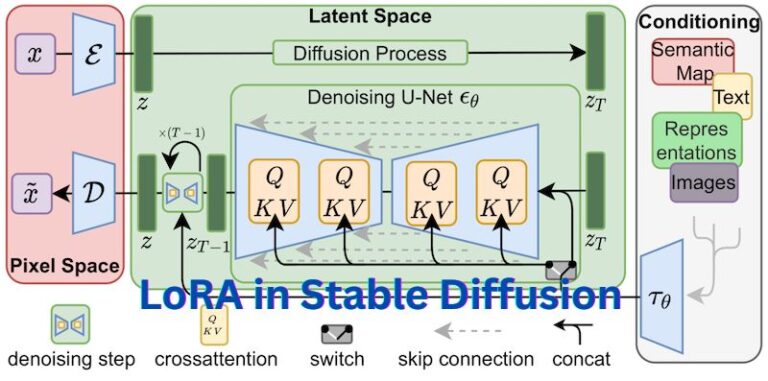Artificial intelligence (AI) is rapidly transforming the world, and India is no exception. The potential of AI to revolutionize various sectors like healthcare, education, and infrastructure is immense. However, the path to achieving this potential is fraught with challenges. This article explores the contrasting perspectives on AI in India, as presented by Rahul Gandhi, a prominent political figure, and K. Annamalai, a public intellectual.
Rahul Gandhi’s Perspective
India and the AI Race: Can Networks Bridge the Gap?
Rahul Gandhi, a prominent Indian politician, recently shed light on India’s position in the global race for Artificial Intelligence (AI) dominance. He emphasized the nation’s lag compared to Western countries like the US in developing cutting-edge AI tools and technologies.
Root Causes of the Deficit
Gandhi identified two main roadblocks hindering India’s AI progress:
- Lack of a Supportive Ecosystem: He pinpointed the absence of a well-developed infrastructure and framework specifically designed to foster AI innovation and development.
- Talent Shortage: The scarcity of skilled professionals specializing in AI was highlighted as another critical factor contributing to India’s deficiency in this domain.
Widening the Digital Divide
Gandhi expressed concern that this gap in AI capabilities could significantly worsen the existing divide between urban and rural India. As AI steadily integrates into various sectors, rural areas lacking access to these technologies risk being left further behind.
The Network Paradigm
Drawing an analogy between the power of interconnected networks and Iraq’s resistance against the US military, Gandhi emphasized the importance of fostering connections. He argued that AI’s true potential lies in operating on top of a network of interconnected human systems, stating:
- India’s biggest challenge lies in its failure to bridge the gaps between vital social networks across sectors like caste, business, and agriculture.
- Current development dialogues often exclude a significant portion of the population (approximately 90%) who represent these powerful grassroots networks.
- AI’s true strength lies in its potential to bridge this disconnect by applying its capabilities across India’s diverse social fabric.
The Path Forward
Gandhi proposed a two-pronged approach to address India’s AI deficit:
- Building a Robust AI Strategy: This involves developing a comprehensive national AI strategy alongside nurturing the talent pipeline through focused education and skill-building initiatives.
- AI as a Unifying Force: Deploying AI as a tool for connection can integrate knowledge and solutions across divides, be it urban-rural or elite-grassroots.
By adopting a “networked” approach, Gandhi advocates for an inclusive AI strategy. This approach aims to leverage AI to uplift marginalized segments of Indian society, preventing existing inequalities from widening further in an AI-driven future.
K. Annamalai’s Geopolitical and Societal Concerns
K. Annamalai, during his visit to IIT Madras, presented a broader perspective on AI in India. His perspective on AI in India goes beyond just the technology itself. He acknowledged the transformative power of AI but stressed the urgency of addressing critical issues. Here are some key points from his address:
Geopolitical Tensions and AI Supremacy:
- Chip Manufacturing as a Battleground: Annamalai emphasizes the critical role of chip manufacturing in the AI race. He expresses concern about Taiwan’s dominance in chip production (TSMC manufactures 56% of the world’s chips) and the Netherlands’ monopoly on a crucial machine for creating advanced chips (3nm). This dependence on other nations can leave India vulnerable in the face of geopolitical tensions.
- The Rise of New Global Powers: Annamalai acknowledges the shifting global landscape. He mentions Nigeria’s growing potential and the possibility of a reformed UN where countries like Nigeria will have a greater say. This highlights the urgency for India to establish itself as a major player in the AI arena.
AI and Societal Disparity:
- Urban vs. Rural Divide: Annamalai warns against focusing solely on urban development for AI implementation. He emphasizes the need to bridge the gap between urban and rural India. Excluding the vast rural population from the benefits of AI could exacerbate existing social and economic inequalities.
- Networked Society and the Power of Untapped Potential: He introduces a unique perspective on networks. He suggests that India’s biggest networks are not connected, hindering progress. These networks could be social (cast networks), economic (business networks), or agricultural (agricultural networks). Connecting these networks could unlock immense potential for leveraging AI solutions across the country.
Leadership and the Future of AI:
- The Need for Tech-Savvy Politicians: Annamalai emphasizes the need for a new generation of politicians who understand AI and its implications. He expresses concern that current political leaders lack the necessary knowledge to effectively regulate and integrate AI.
- Collaboration is Key: He suggests that collaboration between politicians from various parties and states is crucial. Setting aside political differences and working towards a common goal of responsible AI development is essential.
AI Disruption and Economic Growth:
- 13.5% Growth: A Challenging Target: Annamalai acknowledges India’s ambitious goal of achieving 13.5% annual growth rate for the next 25 years. He suggests that traditional methods of business may not be sufficient to achieve this target. Disruptive technologies like AI might be the key to achieving such high growth rates.
- Infrastructure and the Need for Speed: He highlights the need for improved infrastructure like highways, bullet trains, and more airports to facilitate faster movement of goods and people. This infrastructure development is crucial for achieving rapid economic growth.
Overall, K. Annamalai presents a thought-provoking perspective on AI in India. He urges the country to address its vulnerabilities in chip manufacturing, bridge the social divide, and prepare for a changing global landscape. He emphasizes the role of responsible leadership and collaboration in ensuring AI is used for the benefit of all in India.







